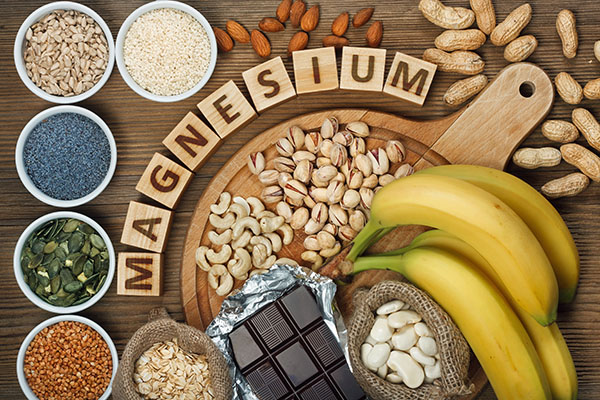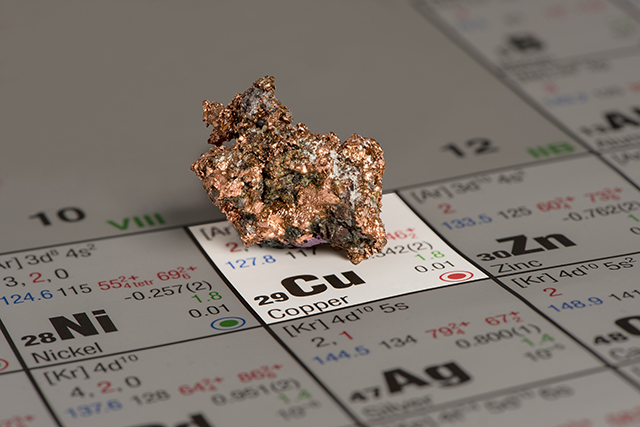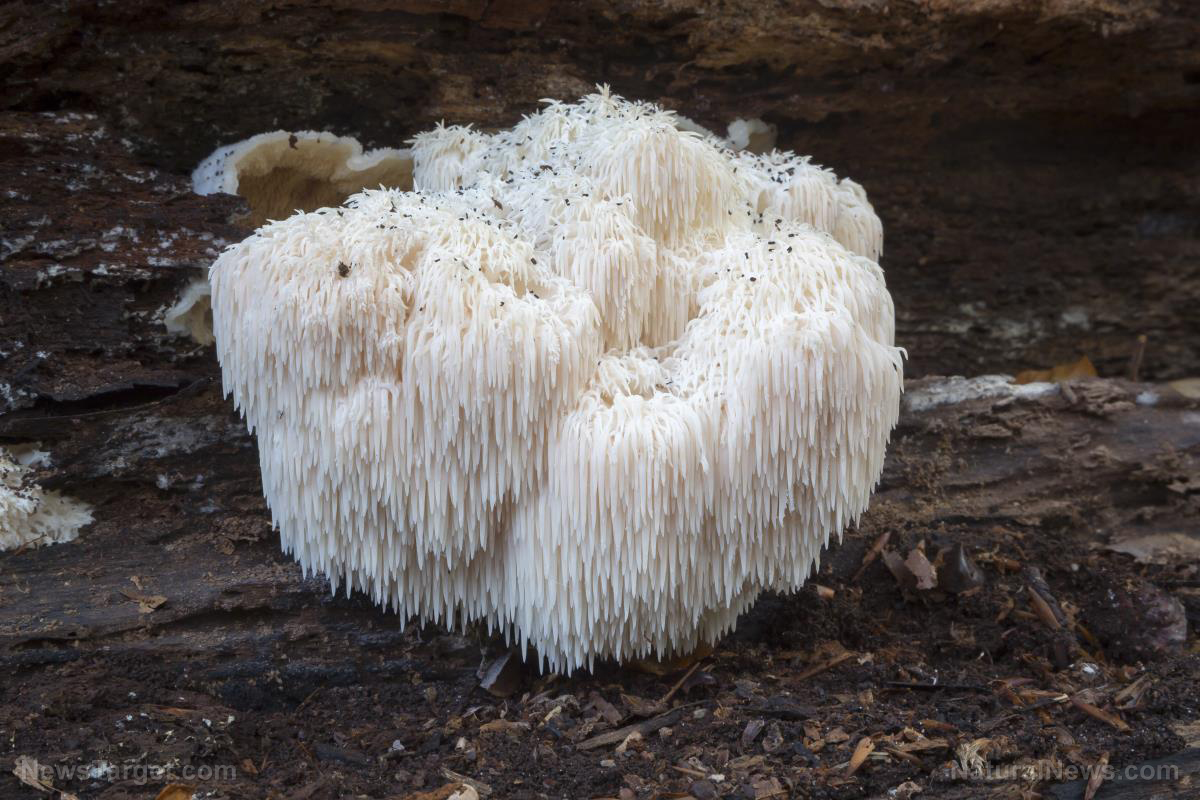Indigo plant compound found to be effective at fighting brain tumors
04/26/2023 / By Ethan Huff

One of the active ingredients in a popular traditional Chinese medicine (TCM) protocol known as Dang Gui Long Hui Wan is powerfully efficacious against malignant brain tumors, a new study shows.
The substance is known as indirubin and it is naturally found in indigo plants. Researchers investigated it as a potential remedy for glioblastoma treatment using mice, discovering along the way that it likely also works in humans and could be turned into an official remedy for brain cancer.
Lead author Sean Lawler, an associate professor of pathology and laboratory medicine at Brown University, revealed that indirubin targets “a number of important hallmarks of the disease.”
“That’s appealing because this type of cancer keeps finding ways around individual mechanisms of attack,” Lawler is quoted as saying. “So if we use multiple mechanisms of attack at once, perhaps that will be more successful.”
(Related: Promoters of transhumanism say that wireless brain implants can also destroy cancer tumors using nanoparticles.)
Synthesized version of indirubin slowed growth, proliferation of cancer cells
The most common and aggressive form of brain cancer, glioblastoma is typically treated conventionally using chemotherapy, radiation, and surgery, all of which are highly invasive and destructive to the body – not to mention the fact that they do not even cure or stop the cancer.
Indirubin, meanwhile, is safe, effective, and natural. It has been used for ages alongside other herbs to treat all sorts of chronic illnesses including chronic myelogenous leukemia.
Such treatments occur mostly outside of the United States because, quite frankly, American regulators are antagonistic to the use of natural remedies, especially when they involve treating cancer.
As is usually the case, the pharmaceutical industry has its eye on indirubin to potentially synthesize it as a drug, which is mostly where this type of research leads. This does not, however, mean that a person cannot choose to take indirubin in its natural form or as part of the TCM Dang Gui Long Hui Wan protocol if they so choose – though it is advised that patients with cancer or other serious ailments do so under the care of a qualified practitioner.
Lawler has been studying indirubin for at least the past 10 years, having published numerous studies about its use as a potential remedy for all sorts of cancers. He found a decade ago that it works powerfully against the growth of glioblastoma tumors in mice.
As with many things in nature, modern science cannot fully explain why indirubin works as well as it does. All we know is that it does work, which is why Phosphorex, a Massachusetts-based biomedical company, has created a patented version of indirubin called 6?-bromoindirubin acetoxime (BiA) that is already being used as an injectable cancer treatment.
This is the version of indirubin that was tested on mice as part of the glioblastoma study, which demonstrated that BiA is capable of slowing the growth and proliferation of tumor cells. Not only that, but BiA also helped improve survival rates via numerous mechanisms of action on important therapeutic targets.
“The drug impacted the immune system in these mouse experiments in a way that we think could enhance clinical immunotherapy in humans,” Lawler said.
With a grant from the National Cancer Institute, the next step will be to evaluate how BiA interacts with chemotherapy and radiation in order to develop human clinical trials for patients with glioblastoma.
“Over the past 20 years or so, there haven’t been many findings of note that have really impacted survival in a meaningful way, so we are very eagerly looking for new approaches,” Lawler added. “This research offers a new approach, and that’s why we’re so excited about it.”
More information about how to address a cancer diagnosis naturally can be found at CancerSolutions.news.
Sources for this article include:
Submit a correction >>
Tagged Under:
anticancer, brain cancer, brain tumors, cancer, Chinese medicine, Dang Gui Long Hui Wan, glioblastoma, indigo, Indirubin, natural cures, natural remedies, progress, research, TCM, traditional Chinese medicine
This article may contain statements that reflect the opinion of the author
RECENT NEWS & ARTICLES
BrainFunction.News is a fact-based public education website published by Brain Function News Features, LLC.
All content copyright © 2018 by Brain Function News Features, LLC.
Contact Us with Tips or Corrections
All trademarks, registered trademarks and servicemarks mentioned on this site are the property of their respective owners.




















